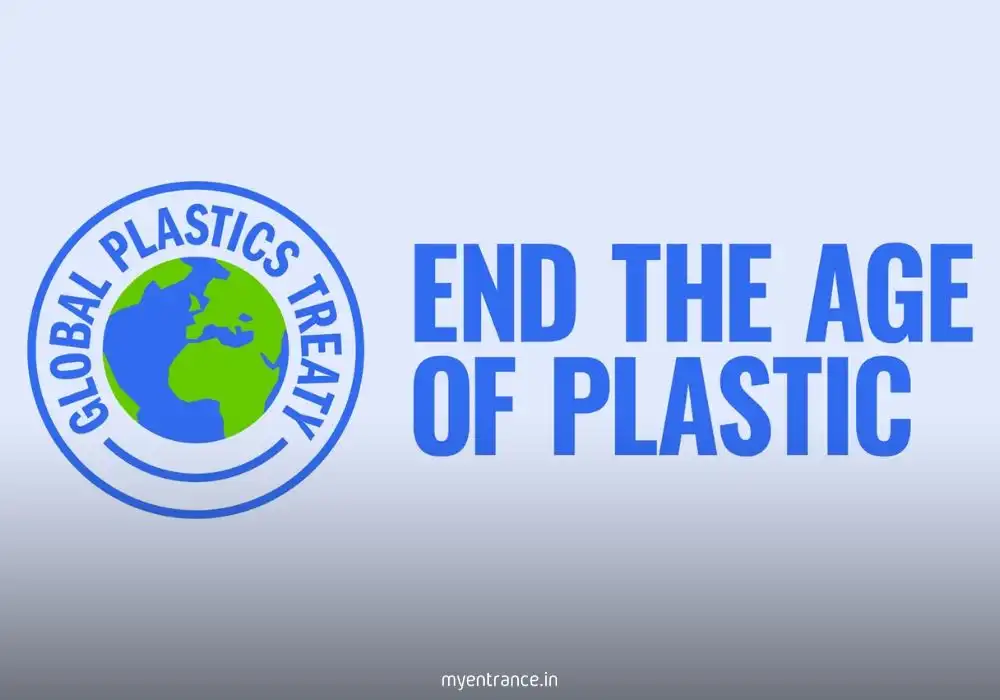Translate Language
Global Plastics Treaty Showdown: 190 Nations Race Against Time in Geneva
The world is at a critical crossroads as nations convene in Geneva to finalize the first legally binding Global Plastics Treaty. This historic agreement aims to end plastic pollution from production to waste, with implications rivaling the Paris Climate Accord. With talks stalled over production caps and toxic chemicals, the next two weeks could reshape our planet’s future.

The Geneva Negotiations: A Make-or-Break Moment
This week, diplomats from 190+ countries reconvene in Geneva for the fifth session (INC-5) of the UN’s Intergovernmental Committee. Their mission: break the deadlock on the pioneering Global Plastics Treaty within 14 days. If adopted, this legally binding framework will tackle plastic’s entire lifecycle—from fossil-fuel-based production to marine pollution. The urgency is palpable, with talks resuming after collapsing in Busan over three explosive issues:
Capping polymer production to limit new plastic.
Banning toxic chemicals used in manufacturing.
Phasing out single-use plastics like bags and Styrofoam.
Sticking Points: Why Consensus Crumbled
The Busan draft text reveals 370 unresolved disputes (marked by “brackets” in UN parlance). Nations are split into two camps:
High-Ambition Coalition (Rwanda, Peru, Mexico): Demand binding production limits and rapid phaseouts of harmful plastics.
Oil-Exporting Bloc (Saudi Arabia, Russia, Iran): Argue production cuts violate the treaty’s 2022 mandate and risk economic harm.
India’s position is nuanced. While supporting the treaty’s goal, India opposes production caps, fearing trade barriers. Instead, it advocates for consensus-driven solutions focusing on waste management—not manufacturing restrictions.
Why This Treaty Matters
The data underscores the crisis:
Plastic production doubled since 2000 (460 million tonnes/year), while waste tripled (353 million tonnes/year).
Without action, production could triple by 2060 (UNEP).
Plastics cause $1.5 trillion/year in health damages (Lancet), killing humans from infancy to old age.
Critically, plastics accelerate climate change. Over 99% derive from fossil fuels, making production a major CO₂ source.
What’s Next?
As talks resume, the Committee Chair aims to streamline the draft using new proposals on:
Global bans on hazardous plastics.
Chemical safety standards.
Eco-design rules for recyclability.
For India, red lines remain: no binding production cuts or trade restrictions. As Siddharth Ghanshyam Singh (Centre for Science and Environment) notes, “India engages constructively but won’t compromise on economic sovereignty.”
Success would deliver the most significant environmental accord since Paris 2015. Failure could leave oceans drowning in 700 million tonnes of plastic by 2040.
Key Takeaways for Competitive Exams:
Treaty Objective: Legally binding global framework against plastic pollution.
India’s Stance: Prioritize waste management over production caps; consensus-based decisions.
Conflict Areas: Production limits vs. chemical bans vs. economic sovereignty.
Stats to Remember: 460M tonnes/year plastic production; 353M tonnes/year waste; $1.5T/year health costs.
Faculty Insight: “This treaty isn’t just about waste—it’s a redesign of humanity’s relationship with synthetic materials. For UPSC/PSC aspirants, understanding the geopolitics of environmental agreements is non-negotiable.”
Get 3 Months Free Access for SSC, PSC, NIFT & NID
Boost your exam prep!
Use offer code WELCOME28 to get 3 months free subscription. Start preparing today!















